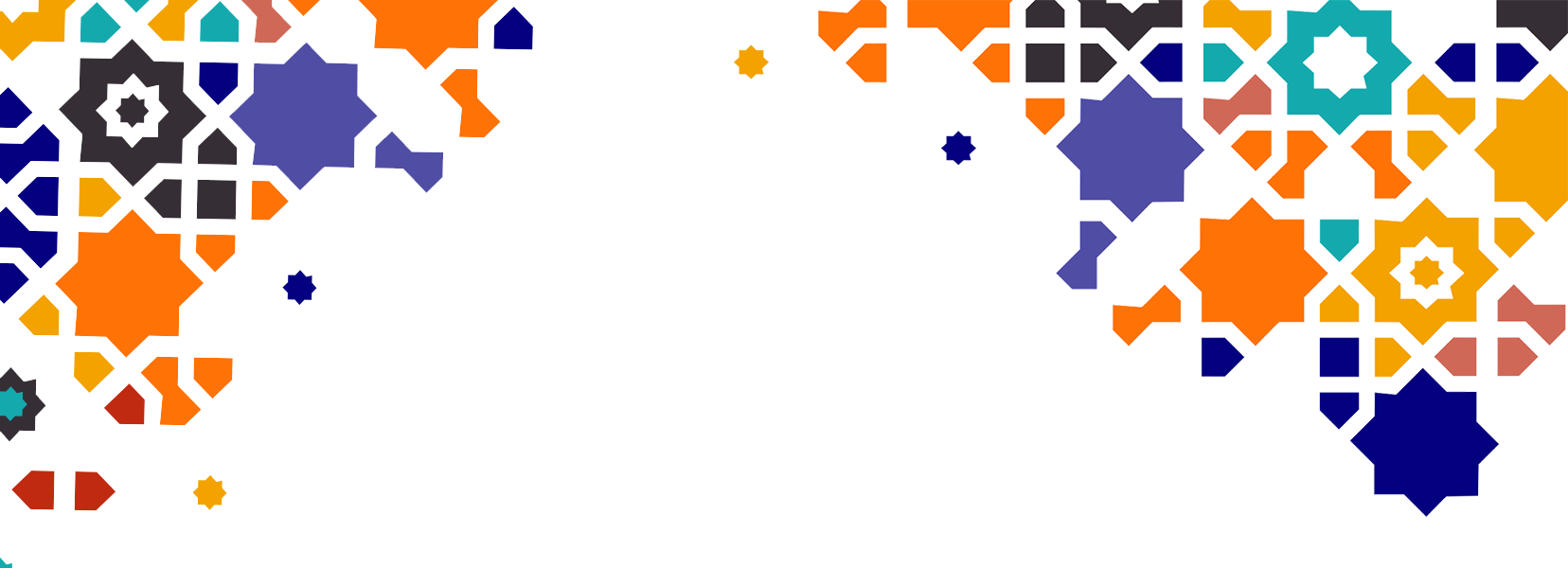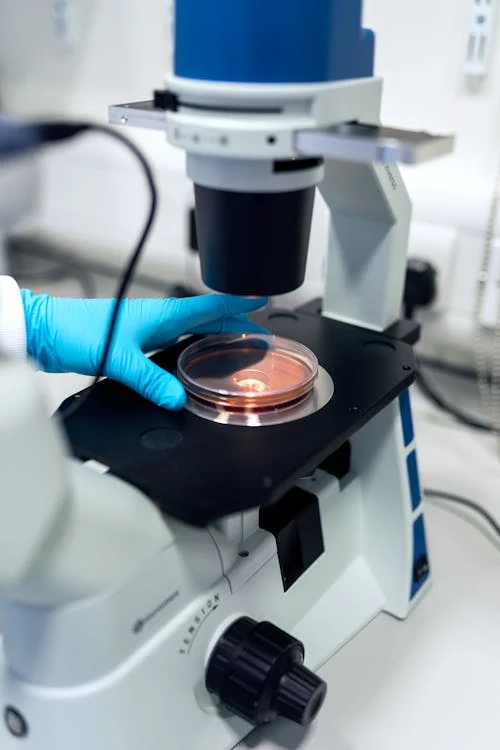
Leading scientists in the MENA region

Yearly 0
Philo of Alexandria (20 BC - 50 AD)
Philo of Alexandria, a renowned Jewish scholar, lived at a time when the heritage of Hellenistic culture was merging with Jewish traditions. Philo is renowned for his contributions to philosophy and theology. He developed a sophisticated approach to the allegorical interpretation of sacred texts, seeking to reconcile Greek thought with Jewish tradition. His work had a significant influence on later Jewish thinkers, as well as early Christian theologians.
Al Khawarizmi (780-850)
Al Khawarizmi, also known as Muhammad ibn Musa al-Khwarizmi, was a Persian mathematician and astronomer whose work was essential to the development of algebra and arithmetic. Born around 780 in the Khwarezm region (now Uzbekistan), Al-Khwarizmi served at the caliphal court in Baghdad, where he made a substantial contribution to the scientific advancements of the era. His work “Al-Kitab al-Mukhtasar fi Hisab al-Jabr wal-Muqabala” (The Compendium on Calculation by Completion and Equilibrium) was translated into Latin, introducing algebraic concepts to Western Europe.
Ptolemy (circa 100 - 170)
Claudius Ptolemy, also known as Ptolemy of Alexandria, was a Greco-Egyptian scholar of Roman Egypt. His major work, the Almagest, was a fundamental reference in astronomy for over a millennium. Ptolemy developed a geocentric model of the universe, in which the Earth is located at the center, with the other celestial bodies orbiting around it. Although this model was later challenged by the discoveries of the Renaissance, it was of vital importance to the development of medieval astronomy and cartography.
Around 1000
Moses Maimonides (1135 - 1204)
Moses Maimonides, also known as Rambam, was a Sephardic Jewish scholar, physician and philosopher, born in Muslim Spain and later living in Egypt. He is best known for his major work, the Guide to the Lost, in which he seeks to reconcile Aristotelian philosophy with Jewish theology. In addition to his contributions to philosophical thought, Maimonides also made significant advances in the field of medicine, influencing medical practice in Europe for centuries.
Avicenna (980 - 1037)
Abu Ali al-Husayn ibn Abd Allah ibn Sina, better known by his Latinized name of Avicenna, was a Persian polymath whose work had a major influence on philosophy, medicine, physics, astronomy, theology, logic and mathematics. His most famous work, “The Canon of Medicine”, remained a medical reference text in Europe and the Islamic world for several centuries. Avicenna also made important contributions to philosophy, particularly in the fields of metaphysics and logic.
Gerbert d'Aurillac (938 - 1003)
Gerbert d'Aurillac, also known as Pope Sylvester II, was a Christian scholar who played a crucial role in the transmission of scientific and philosophical knowledge from Antiquity to medieval Europe. He introduced Arabic numerals and the decimal system to Western Europe, facilitating advanced mathematical calculations. Gerbert was also a fervent promoter of astronomy, introducing astrolabes to Europe and helping to spread the astronomical knowledge inherited from Muslim scholars.
Towards 2000
Albert Einstein (1879 - 1955)
Albert Einstein, born in Germany, was a world-renowned theoretical physicist whose work revolutionized our understanding of the universe. His most famous work, The Theory of Special Relativity and the Theory of General Relativity, transformed our vision of space, time and gravity. Einstein also made important contributions to quantum physics, notably through his work on the photoelectric effect, for which he was awarded the Nobel Prize in Physics in 1921.
Ahmed Zewail (1946 - 2016)
Ahmed Zewail, an Egyptian-American chemist born in Egypt, was awarded the Nobel Prize in Chemistry in 1999 for his pioneering work in ultrafast spectroscopy, a technique that enables the visualization of atomic and molecular movements on the femtosecond scale.
This revolutionary technology has opened up new perspectives in many fields, including chemistry, biology and materials physics. In addition to his scientific achievements, Zewail was an ardent advocate of science education and international cooperation in research.
Georges Charpak (1924 - 2010)
Georges Charpak, born in Poland and naturalized in France, was a renowned physicist recognized for his invention of the multiwire proportional chamber, a significant advancement in the detection of subatomic particles.
For this remarkable contribution, he was awarded the Nobel Prize in Physics in 1992. The multiwire proportional chamber revolutionized the way physicists study high-energy particle interactions, paving the way for new discoveries in particle physics.
Interreligious and intercultural heritage
Through these examples, it is clear that the MENA region's scientific heritage is deeply rooted in religious and cultural diversity. The contributions of Jewish, Muslim and Christian scholars have enriched human knowledge and transcended geographical and religious boundaries. Their legacy continues to inspire future generations to pursue the quest for knowledge and discovery, promoting mutual understanding and collaboration across religious and cultural divides.
As we celebrate these great minds and their lasting impact, it is essential to recognize the importance of tolerance, dialogue and mutual respect in promoting science and innovation. By honoring and preserving this interfaith and intercultural heritage, we will foster a future where knowledge and collaboration overcome the divisions that have historically characterized our world.
Sources :
https://www.cairn.info/le-judaisme-ancien-du-VIe-siecle-avant-notre-ere--9782130563969-page 119.htm
https://www.futura-sciences.com/sciences/personnalites/algebre-al-khwarizmi-1811/
https://www.larousse.fr/encyclopedie/personnage/Claude_Ptol%C3%A9m%C3%A9e/139769
https://www.nobelprize.org/prizes/physics/1921/einstein/biographical/
https://www.science.org/doi/10.1126/science.aai8466
https://www.futura-sciences.com/sciences/personnalites/physique-georges-charpak-1346/
https://www.lesclesdumoyenorient.com/Moise-Maimonide.html
https://www.larousse.fr/encyclopedie/personnage/Avicenne/106902
https://www.universalis.fr/encyclopedie/gerbert-d-sylvestre-ii/

